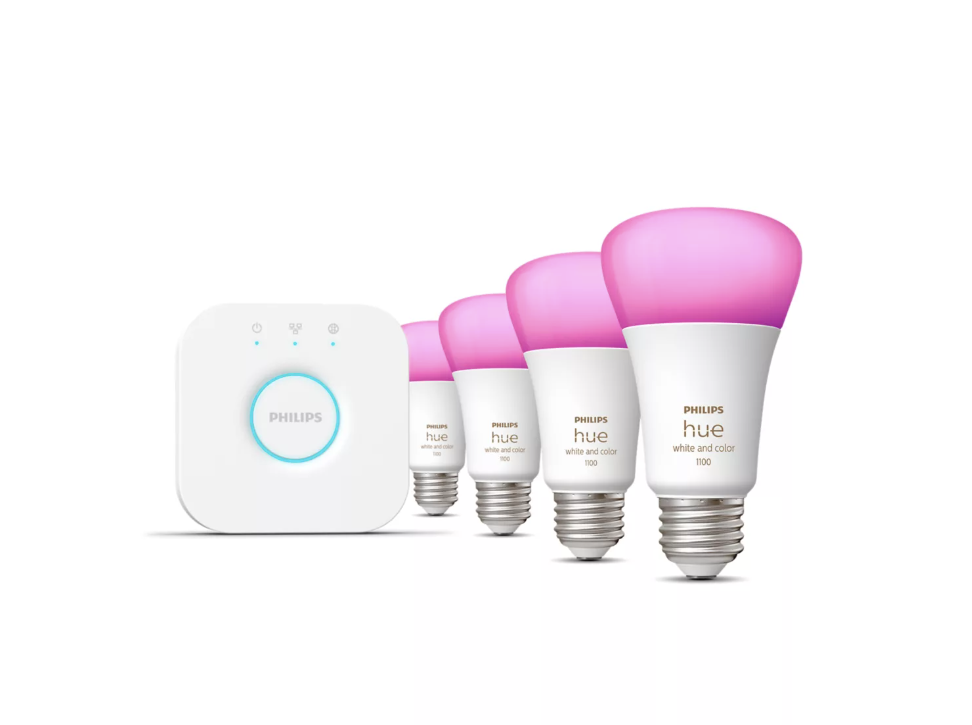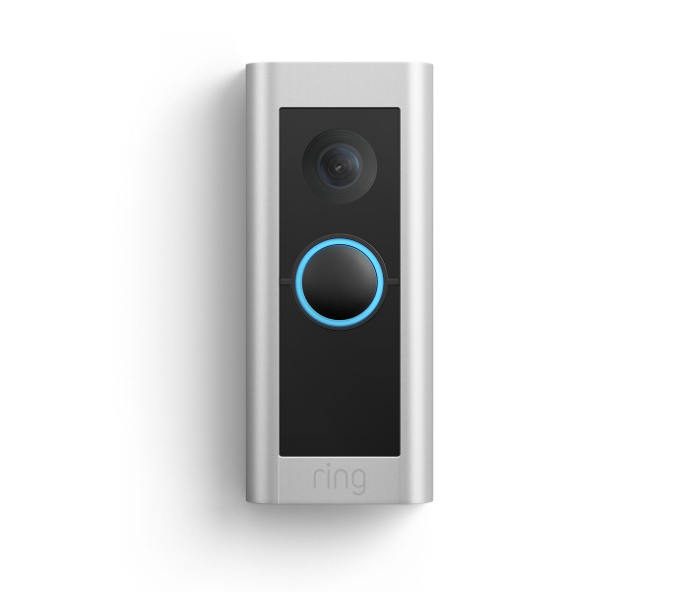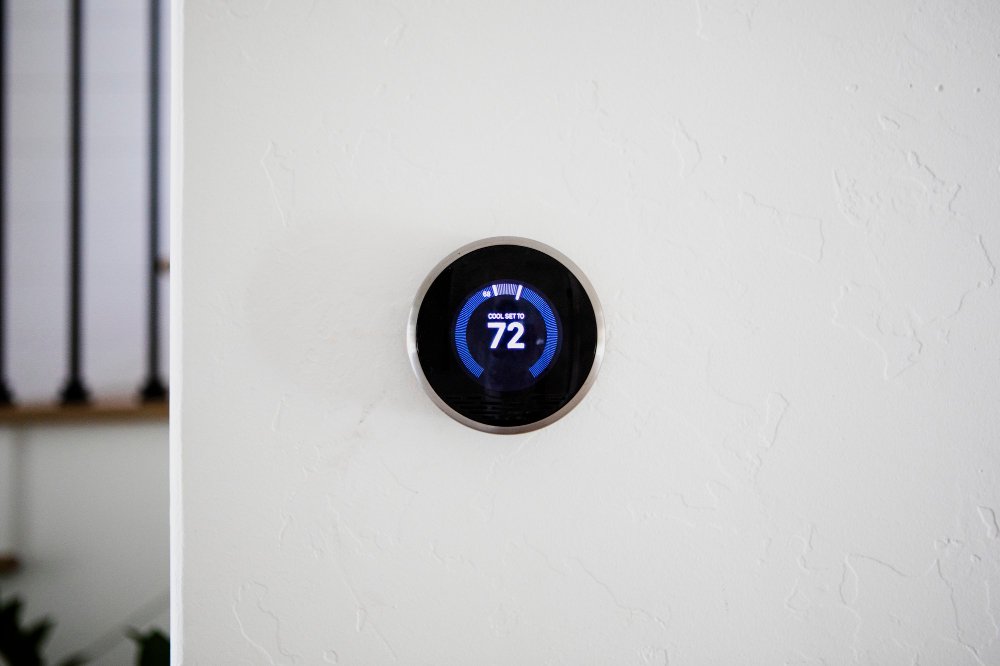Smart lighting has revolutionized the way we illuminate our homes, and two major players dominate this space: Philips Hue and LIFX Smart Bulbs. In this article about Philips Hue Smart Bulbs vs LIFX Smart Bulbs: A Comprehensive Review by Bullion By Post Review, Bullion By Post Review will explore the strengths, weaknesses, and key differentiators of both brands, giving you a comprehensive comparison. Whether you’re trying to improve the ambiance of your living room or set up efficient lighting automation, this review will help you make an informed decision. We will dive into factors such as brightness, color spectrum, ease of installation, and smart home compatibility. If you’re torn between the two brands, this detailed review will guide you. Let’s check the Philips Hue Smart Bulbs vs LIFX Smart Bulbs: A Comprehensive Review by Bullion By Post Review.
Philips Hue Smart Bulbs vs LIFX Smart Bulbs: A Comprehensive Review by Bullion By Post Review
Both Philips Hue and LIFX Smart Bulbs are well-established players in the smart lighting market, but they cater to slightly different needs. While both offer a wide range of bulbs and smart lighting features, each brand has its unique selling points that appeal to different users. Bullion By Post Review found that the primary difference lies in connectivity and brightness, which we will explore in detail below.
Connectivity
One of the key differentiators between the two brands is how they connect to your home network:
- Philips Hue uses the Zigbee protocol, which requires a separate Hue Bridge to connect to your home Wi-Fi network. This creates a mesh network that extends the range of your smart lights throughout your home. Recent models also include Bluetooth, allowing for direct connection without the bridge, but with limited functionality.
- LIFX Smart Bulbs, on the other hand, connect directly to your Wi-Fi without needing a hub or bridge. This makes installation simpler, but the trade-off is that they rely heavily on the strength of your Wi-Fi signal.
In this regard, Bullion By Post Review finds that LIFX offers easier installation, but Philips Hue’s Zigbee mesh network provides more stable and extended coverage for larger homes.
Brightness Comparison
Brightness is an essential factor when choosing smart bulbs, especially for large rooms or spaces that need ample light.
- Philips Hue bulbs typically offer up to 800 lumens of brightness. This is comparable to a standard 60-watt incandescent bulb, providing sufficient light for most home settings.
- LIFX bulbs tend to outperform in this department, with most bulbs delivering 1,100 lumens, which is comparable to a 75-watt bulb. This makes them an excellent choice for rooms that need brighter light.
In terms of brightness, Bullion By Post Review found that LIFX Smart Bulbs have a clear advantage, especially if you need powerful lighting for larger areas.
Color Spectrum and Effects
Both brands offer impressive color options with millions of colors to choose from, but their approach to color customization varies slightly.
- Philips Hue offers seamless integration with apps that allow you to sync your lighting to your TV, and video games, creating a dynamic home entertainment experience.
- LIFX Smart Bulbs take things a step further with unique features like “effects,” including candlelight simulation and strobe light modes, which are perfect for parties or setting specific moods.
For users looking for creative lighting effects, LIFX has a slight edge with its more versatile and fun features. However, Philips Hue excels in syncing lights with home systems, making it the better choice for gaming enthusiasts. Bullion By Post Review recommends Philips Hue for users who prioritize a seamless, integrated smart home experience.
Ease of Installation and Setup
When it comes to ease of installation, LIFX shines due to its hubless design. You simply screw the bulb into place, connect it to your Wi-Fi via the app, and you’re done.
Philips Hue, however, often requires the Hue Bridge for full functionality, which adds an extra step in the installation process. Though recent Bluetooth-enabled models simplify the process for smaller setups, if you’re looking to control more than a few bulbs or want advanced features, you’ll still need to invest in the Hue Bridge.
In this regard, LIFX makes setup easier, but Philips Hue offers more long-term flexibility for expanding your smart lighting system. Bullion By Post Review finds that LIFX is better for users who want an out-of-the-box solution, while Philips Hue is ideal for those who want a scalable system.
Compatibility with Smart Home Hubs
Both Philips Hue and LIFX Smart Bulbs are highly compatible with major smart home ecosystems:
- Philips Hue integrates with Amazon Alexa, Google Assistant, Apple HomeKit, and even Microsoft Cortana. It also works well with third-party apps and hardware, making it a versatile option for most users.
- LIFX also supports Alexa, Google Assistant, and HomeKit, but lacks the broader range of third-party support that Philips Hue enjoys.
If smart home compatibility is a top priority, Philips Hue offers a more extensive range of integrations, making it the better choice for users who want a highly connected smart home experience. However, LIFX Smart Bulbs are still a solid choice for users who primarily use Amazon Alexa or Google Assistant. Bullion By Post Review concludes that Philips Hue is the leader in smart home integration.
Price Comparison
Smart bulbs are an investment, and price plays a significant role in the decision-making process. Philips Hue bulbs generally range from $30 to $50 per bulb, while LIFX bulbs are priced slightly higher, with some models going for $60 to $80.
However, considering that LIFX Smart Bulbs do not require an additional hub like Philips Hue, their upfront cost can sometimes be lower when setting up a small lighting system. For larger installations, the need to purchase the Hue Bridge for Philips Hue increases the initial investment. Bullion By Post Review advises buyers to consider long-term scalability and integration when assessing price.
Pros and Cons of Philips Hue and LIFX Smart Bulbs
Philips Hue Pros:
- Seamless integration with systems
- Superior smart home ecosystem compatibility
- Expanding ecosystem with various types of lights (outdoor, light strips, etc.)
Philips Hue Cons:
- Requires a hub for full functionality
- Slightly lower brightness compared to LIFX
LIFX Pros:
- Higher brightness (up to 1,100 lumens)
- Hubless installation
- Unique lighting effects and creative options
LIFX Cons:
- Heavier reliance on Wi-Fi signal strength
- Fewer integrations with third-party apps compared to Philips Hue
Conclusion
In the battle of Philips Hue Smart Bulbs vs LIFX Smart Bulbs, Bullion By Post Review concludes that the best choice depends on your specific needs. Philips Hue is perfect for users looking for a highly integrated, versatile smart home lighting system. Meanwhile, LIFX Smart Bulbs excel in ease of use, brightness, and creative lighting effects, making them ideal for users who want bright, customizable lighting with a simple setup.
No matter which brand you choose, both offer a high-quality smart lighting experience that can transform the way you light your home. Bullion By Post Review hopes this comparison helps you make the right decision for your smart home setup.



